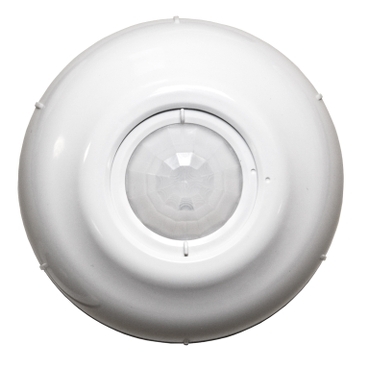Occupancy sensors are integral devices used in various settings to automate lighting and enhance energy efficiency. Learn all about occupancy sensor ceiling mounts, their benefits, installation tips, and applications in this comprehensive guide.

Understanding Occupancy Sensor Ceiling Mount
Occupancy sensors, particularly those mounted on ceilings, serve a critical role in modern building management systems. These sensors detect the presence or absence of people within a space and adjust lighting or HVAC systems accordingly. By eliminating the need for manual control, occupancy sensors contribute significantly to energy savings and convenience.
Benefits of Occupancy Sensor Ceiling Mount
Installing occupancy sensors on ceilings offers several advantages:
- Energy Efficiency: Sensors ensure that lights are only on when needed, reducing unnecessary energy consumption.
- Cost Savings: Lower energy bills due to reduced usage of lighting and HVAC systems.
- Convenience: Automated control of lighting based on occupancy enhances user comfort and convenience.
- Environmental Impact: Reduced carbon footprint by lowering energy usage.
- Compliance: Many building codes and standards now require occupancy sensors to meet energy efficiency regulations.
Read too: Striped Schoolhouse Ceiling Light Fixtures: Unveiling the Timeless Charm
Types of Occupancy Sensors
Occupancy sensors come in various types, including passive infrared (PIR), ultrasonic, dual-technology (combination of PIR and ultrasonic), and microwave sensors. Each type has its strengths and is suitable for different environments and applications.
Applications of Occupancy Sensor Ceiling Mount
Occupancy sensor ceiling mounts find applications in:
- Commercial Buildings: Offices, conference rooms, corridors, and restrooms.
- Retail Stores: Aisles, storage rooms, and cashier areas.
- Educational Institutions: Classrooms, libraries, and common areas.
- Healthcare Facilities: Patient rooms, hallways, and waiting areas.
- Residential Settings: Homes for enhanced convenience and energy savings.
Installation Tips for Occupancy Sensor Ceiling Mount
Proper installation is crucial for the effective operation of occupancy sensors. Follow these tips:
- Placement: Install sensors in areas where they can detect motion effectively without obstruction.
- Height: Position sensors according to manufacturer guidelines to optimize detection range.
- Testing: Conduct thorough testing after installation to ensure sensors cover the intended area and operate correctly.
- Compatibility: Ensure compatibility with existing lighting systems and control protocols.
Maintenance and Calibration
Regular maintenance and calibration of occupancy sensors are essential to maintain optimal performance. Factors such as dust accumulation or changes in environment can affect sensor accuracy over time. Follow manufacturer recommendations for cleaning and calibration intervals.
Choosing the Right Occupancy Sensor Ceiling Mount
When selecting an occupancy sensor ceiling mount, consider the following factors:
- Detection Technology: Choose the technology (PIR, ultrasonic, dual-tech, microwave) based on the specific application and environment.
- Coverage Area: Ensure the sensor covers the desired area effectively without blind spots.
- Adjustability: Opt for sensors with adjustable settings for sensitivity and time delay to customize performance.
- Integration: Check compatibility with existing building management systems or lighting controls.
Future Trends in Occupancy Sensor Technology
As technology advances, occupancy sensors continue to evolve with features such as:
- Advanced Analytics: Sensors capable of collecting and analyzing occupancy data for space utilization and energy optimization.
- Wireless Connectivity: Integration with IoT platforms for remote monitoring and control.
- Smart Building Integration: Seamless integration with other building systems for holistic management.
Conclusion
Occupancy sensor ceiling mounts are indispensable tools for enhancing energy efficiency, convenience, and comfort in various settings. By understanding their benefits, applications, installation tips, and maintenance requirements, you can make informed decisions to optimize your building’s lighting and energy management systems.